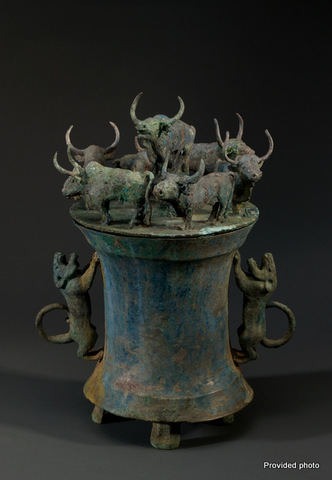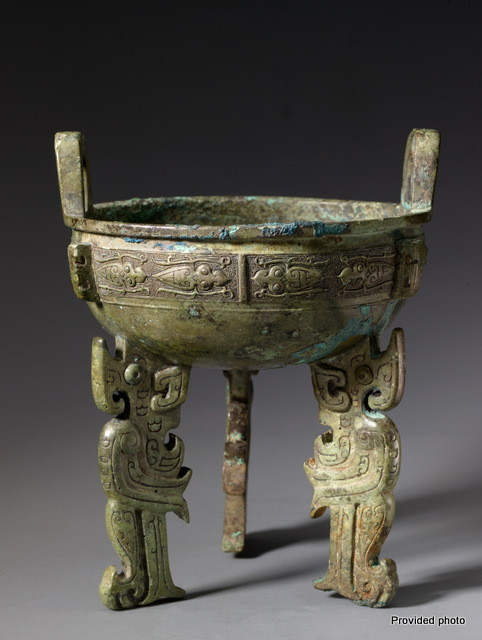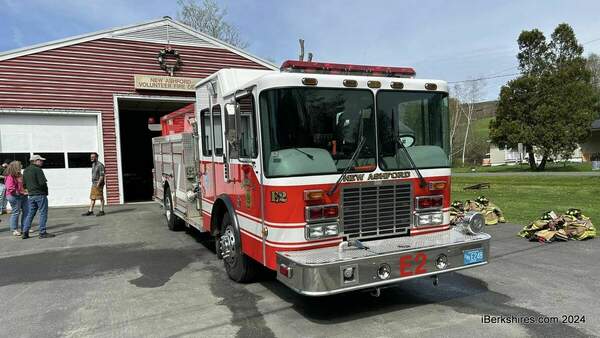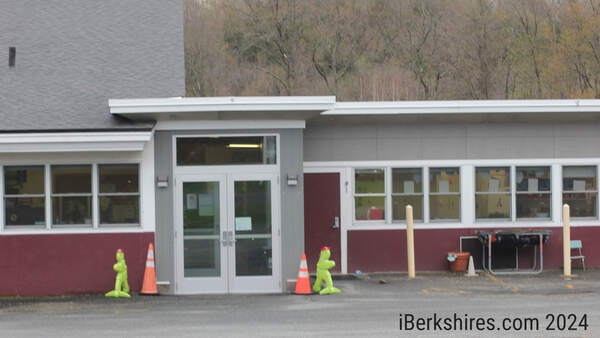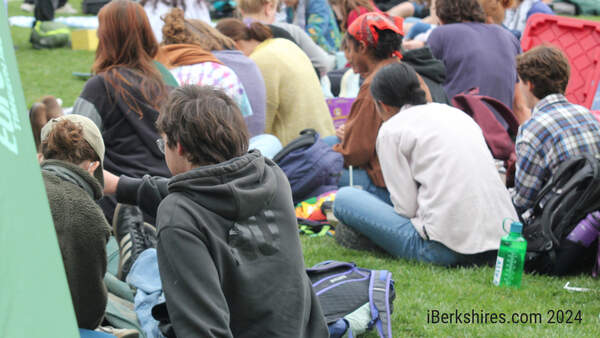Clark Exhibit Marks First U.S. Trip for Chinese Bronzes
|
Bronzes from the Shanghai Museum will be on display at the Clark Art Institute when the museum reopens to the public this Friday, July 4. |
WILLIAMSTOWN, Mass. — The Clark Art Institute is shedding some new light on some old treasures this summer.
The first installation in the museum's new visitor and exhibition center, the Clark Center, is a collection of Chinese bronze vessels dating from 1800 B.C. to the eighth century A.D.
The works have rarely left their native soil. Most have never been to the United States. And if you happened to see them at the Shanghai Museum, you did not see them quite like this.
"[Architect Annabelle Selldorf] came up with the cabinetry as well as the floor plan and the screen that have really alowed us to present these objects in a rather avante garde manner," Clark Associate Director Tom Loughman said while leading a tour of "Cast for Eternity: Ancient Ritual Bronzes from the Shanghai Museum" in the Clark Center's West Pavilion.
"At home in the Shanghai Museum, where many of these things are on permanent display, they're in a blackened-out room with spotlights on them. But here, you can see, it's quite airy and light. We've embraced the architecture and what it enables. The screens knock down the ambient light a little bit, but you can still get the glimpse of sky and earth as you look closely at these 40 bronzes."
Loughman is the curator of "Cast for Eternity," which he organized in conjunction with the Clark's partners at the Shanghai Museum and Liu Yang, the head of the Department of Asian Art at the Minneapolis Institute of Arts.
"He's from China and went to university in China," Loughman said last week. "He wrote his PhD. in London and worked in Sydney for 12 years before moving to Minneapolis three years ago. To have his input was invaluable."
The partnership with the Shanghai museum is, in part, a nod to the role that country played in the life of Clark co-founder Sterling Clark, whose exploration of China was chronicled two years ago in the Clark's Stone Hill Center.
The two institutions -- one in Western Massachusetts and the other in East Asia -- have been building a relationship over the last seven years, Loughman said.
"In the autumn of 2011, we made an agreement with the Shanghai Museum and had a framework to do this particular show and for the Shanghai Museum to host the traveling show," he said. "That idea of opening this space with this particular special exhibition in exchange for our pictures traveling there last autumn is a conversation that began several years ago with the Shanghai Museum.
"There will be two shows here at the Clark. ... The terms of those shows is we build the curatorial team. It's our voice. It's what we asked for [from Shanghai's collection] -- always subject to the fact that some things are too fragile to travel."
Forty percent of the objects on view at the Clark July 4 through Sept. 21 are considered "grade one national treasures," Loughman said. Some of the bronzes have previously traveled to the British Museum, and others were part of an exhibition in Argentina a few years ago. But this particular grouping is new and being shown together for the first time.
The artifacts show how Chinese craftsmen and artists made the most of new techniques for smelting and casting bronze that were developed over the course of two millenia.
"These objects, emblazoned with remarkable decorative motifs -- abstract patterns and fantastic animals rendered in bas-relief -- and some with beasts rendered in full three-dimensional form, each invite viewers to take a closer look," Loughman said in a news release announcing the exhibition's opening. "Together the works on view provide a stimulating introduction to some of the finest surviving bronzewares known."
Loughman said that although there are technological innovations that took place over the period of time covered by "Cast for Eternity," the emphasis of the show is aesthetic, not historic.
And it does dovetail with one of the Clark's other summer-long special exhibitions, "Raw Color: The Circles of David Smith," which shows examples of the mid-century American's large, metallic sculptures.
"To open with David Smith at the Lunder Center at Stone Hill, which is a nice, tight show focusing on the last decade of his work, and this expansive array of Chinese antiquity bookends what's possible," Loughman said. "We have these marvelously crafted things that are sophisticated yet at the same time accessible through the way we're doing these shows in terms of their scale and point of approach
"We're trying to celebrate the full range of human accomplishment."
Tags: Clark Art,


